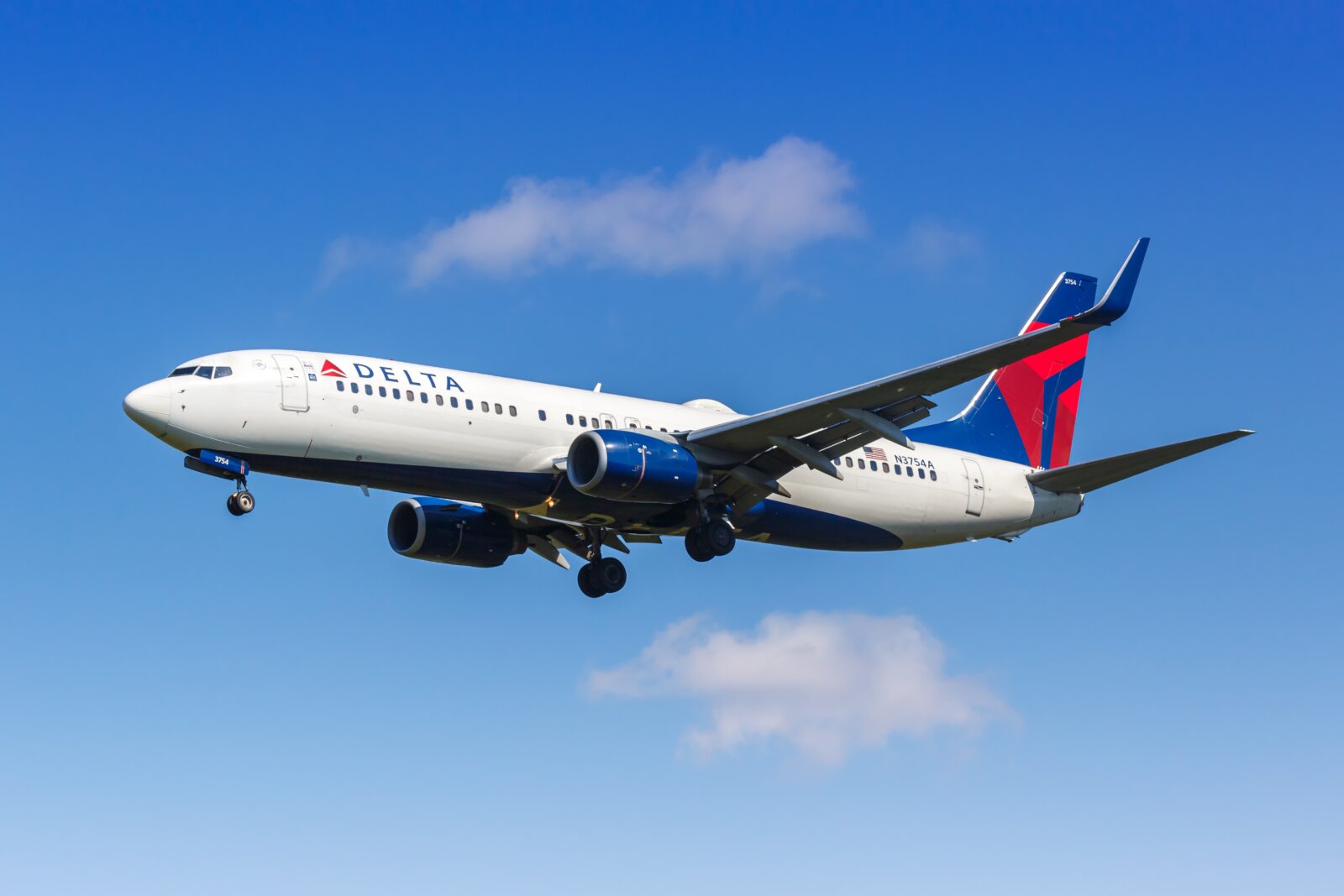SALT LAKE CITY — A Utah woman has filed a lawsuit against Delta Air Lines, claiming she suffered permanent hearing loss after a pressurization malfunction on a Boeing 737 forced an emergency return to Salt Lake City during a flight to Portland.
The incident occurred on September 15, 2024, aboard Delta Flight DL-1203, just minutes after takeoff.
Flight Details and Emergency Diversion
Flight records show the Boeing 737 departed Salt Lake City International Airport at approximately 8:10 a.m. for what was scheduled to be a 90-minute trip to Portland, Oregon.
Also Read
Shortly after departure, the cockpit received a cabin pressurization alert, prompting pilots to stop their climb at just 9,000 feet — far below typical cruising altitude. Data from flight-tracking service FlightRadar24 shows the aircraft looping back and landing safely in Salt Lake City 16 minutes after takeoff.
There were 140 passengers on board, including children. Many reported experiencing severe ear pain, consistent with sudden pressurization changes.
Passengers Describe the Experience
Accounts shared with the Aviation Herald painted a troubling picture.
One passenger recalled:
“I noticed my ears were popping much more than normal upon takeoff. A few minutes after departure, there was a rapid level off and possible descent. My ears were popping the entire time, and some children behind me were screaming in pain.”
Another traveler said a coworker suffered a ruptured eardrum and was bleeding from the ear. Reports indicated that 10 to 15 passengers required hospital treatment following the flight.
Paramedics met the aircraft upon landing to attend to injured passengers.
The Lawsuit
Among those harmed was Jaci Purser of Utah, who has now filed a lawsuit against Delta alleging negligence in maintaining the aircraft.
Her complaint says she was “severely injured” during the event and has since sustained permanent hearing loss as a result of the malfunction.
The lawsuit argues that Delta failed in its duty to ensure the safe operation of the aircraft, specifically citing inadequate inspection and maintenance of the pressurization system.
Why Didn’t Oxygen Masks Drop?
Some passengers expressed confusion as to why oxygen masks did not deploy during the emergency.
Aviation experts note that oxygen masks automatically release only when cabin altitude reaches around 14,000 feet, a level where oxygen deprivation (hypoxia) becomes dangerous. Because Flight DL-1203 leveled off at 9,000 feet, the threshold was never met, and masks remained stowed.
What Caused the Malfunction?
The exact cause of the incident remains uncertain. Speculation within aviation circles suggests that the problem may not have been a failure to pressurize, but instead over-pressurization of the cabin.
This theory is supported by the reports of barotrauma — severe ear and sinus pain, ruptured eardrums, and lasting hearing damage — injuries more consistent with pressure rising too rapidly inside the cabin rather than failing to hold altitude.
Notably, the National Transportation Safety Board (NTSB) did not open a formal investigation, leaving many unanswered questions about what went wrong.
Broader Concerns
The case underscores broader concerns about aircraft pressurization systems and the responsibilities of airlines to maintain them properly. While pressurization issues are rare, they can cause serious medical injuries even when an aircraft never climbs to cruising altitude.
Delta has not issued a detailed public statement on the lawsuit but has previously said passenger safety is its highest priority.
Moving Forward
For Purser, the incident has been life-altering. Permanent hearing loss can affect not only personal health but also work, communication, and overall quality of life. Her case seeks damages and accountability, highlighting the real human cost of aviation malfunctions.
As the lawsuit moves forward, it could bring more scrutiny to Delta’s maintenance practices and possibly spur closer regulatory oversight of cabin pressurization systems across commercial fleets.
Key Takeaway: A routine morning flight turned into a traumatic medical event for dozens of passengers, with one woman now facing a lifetime of hearing loss. While the plane landed safely, the fallout is far from over — both in the courts and in questions of aviation safety.












